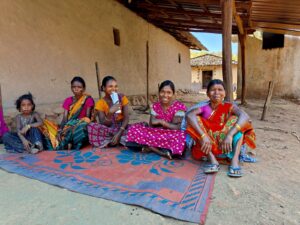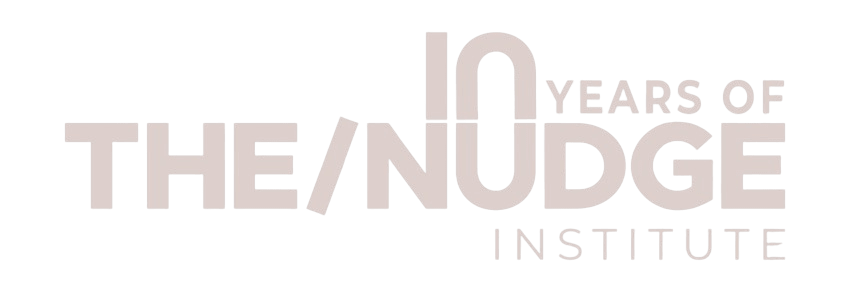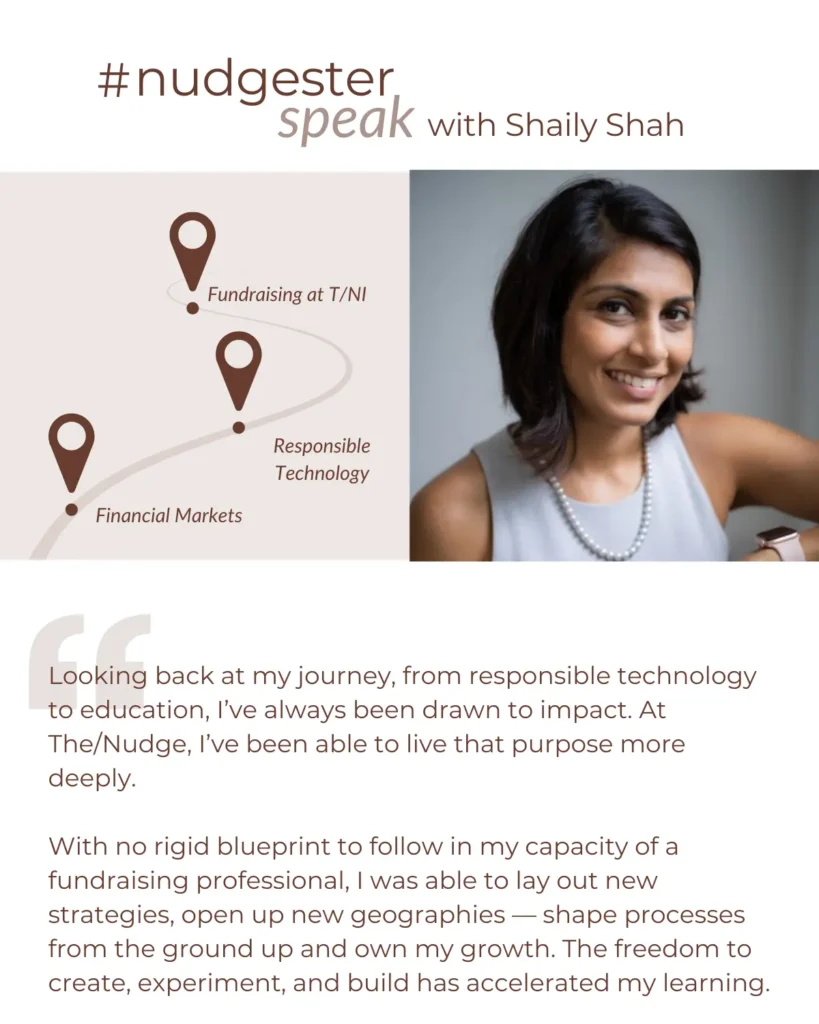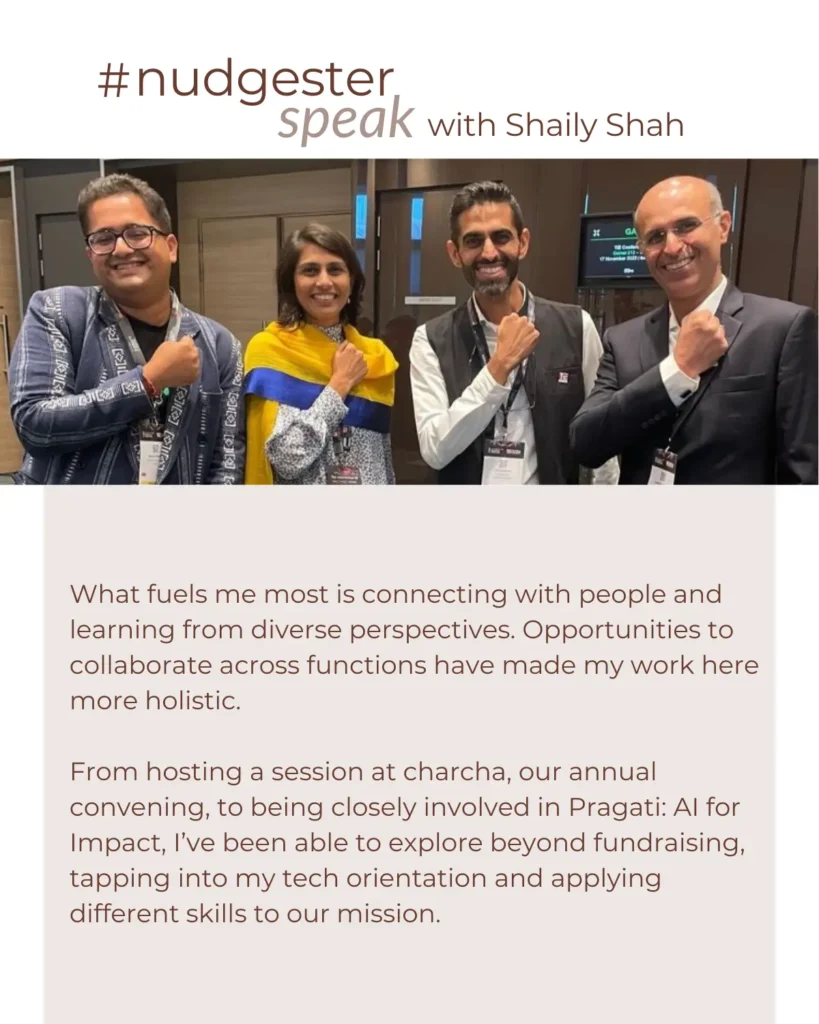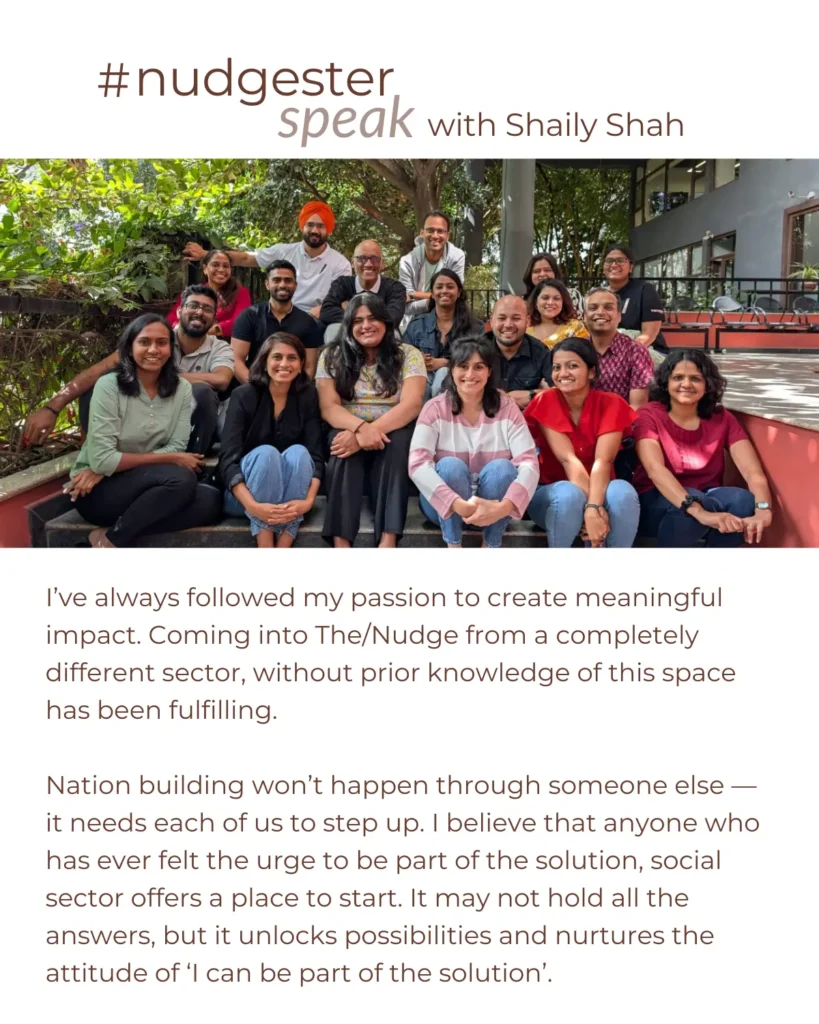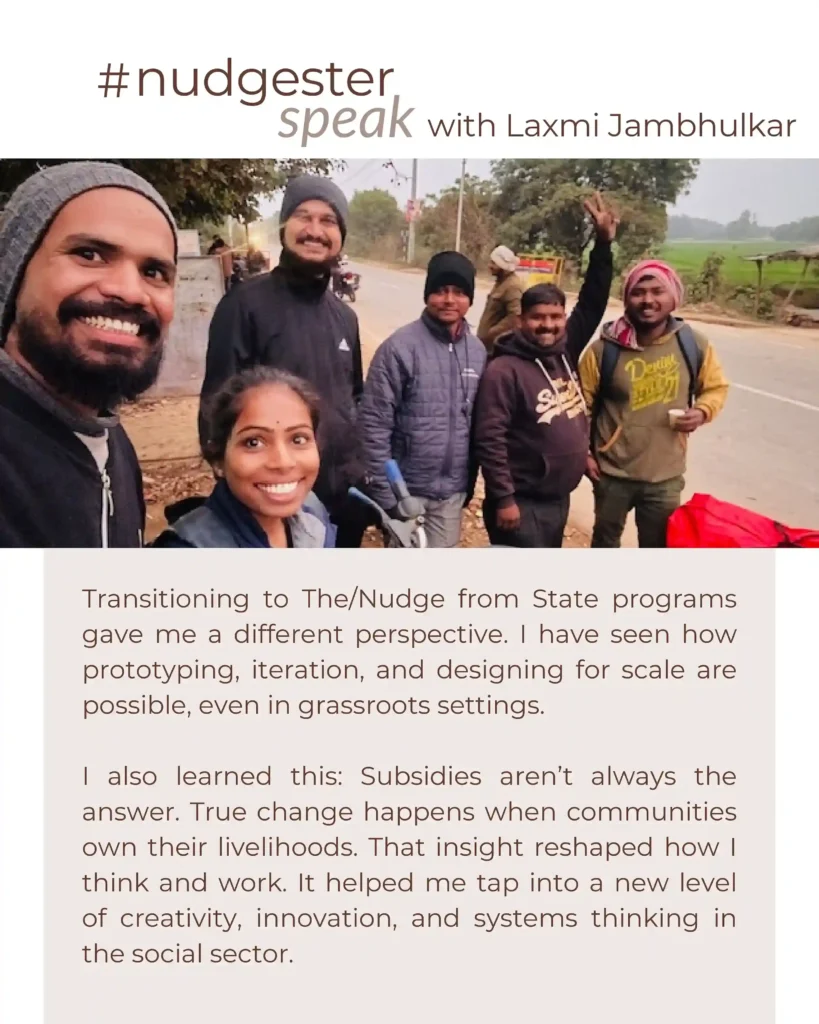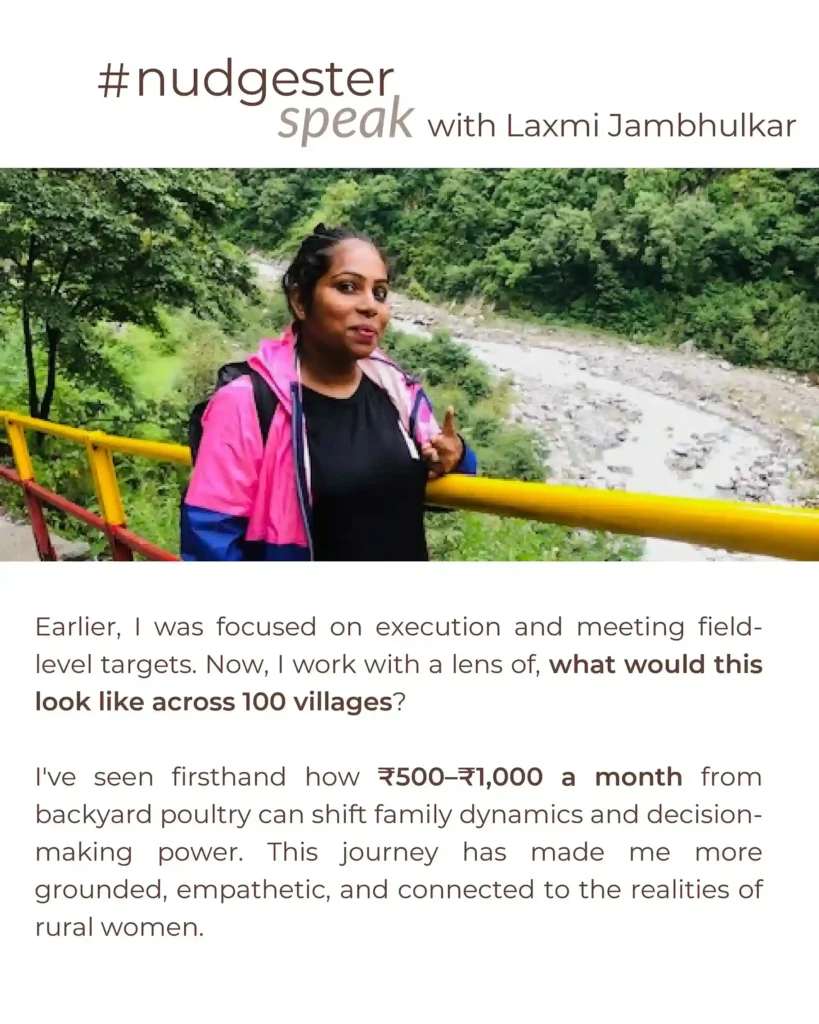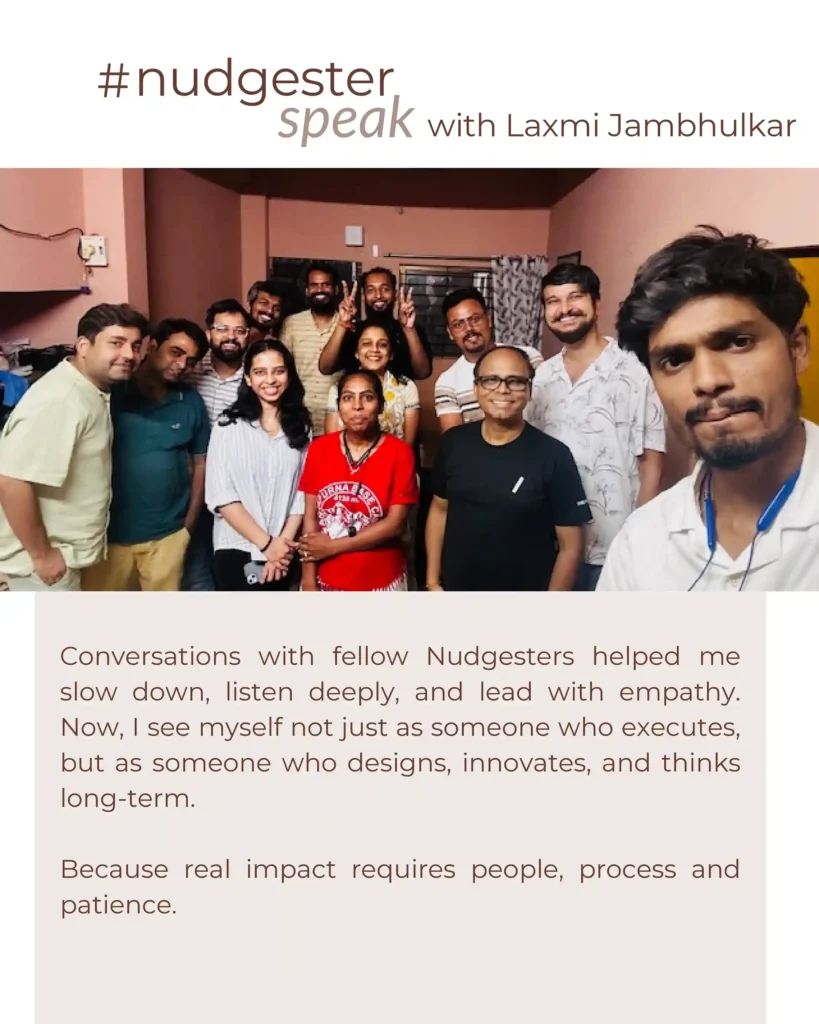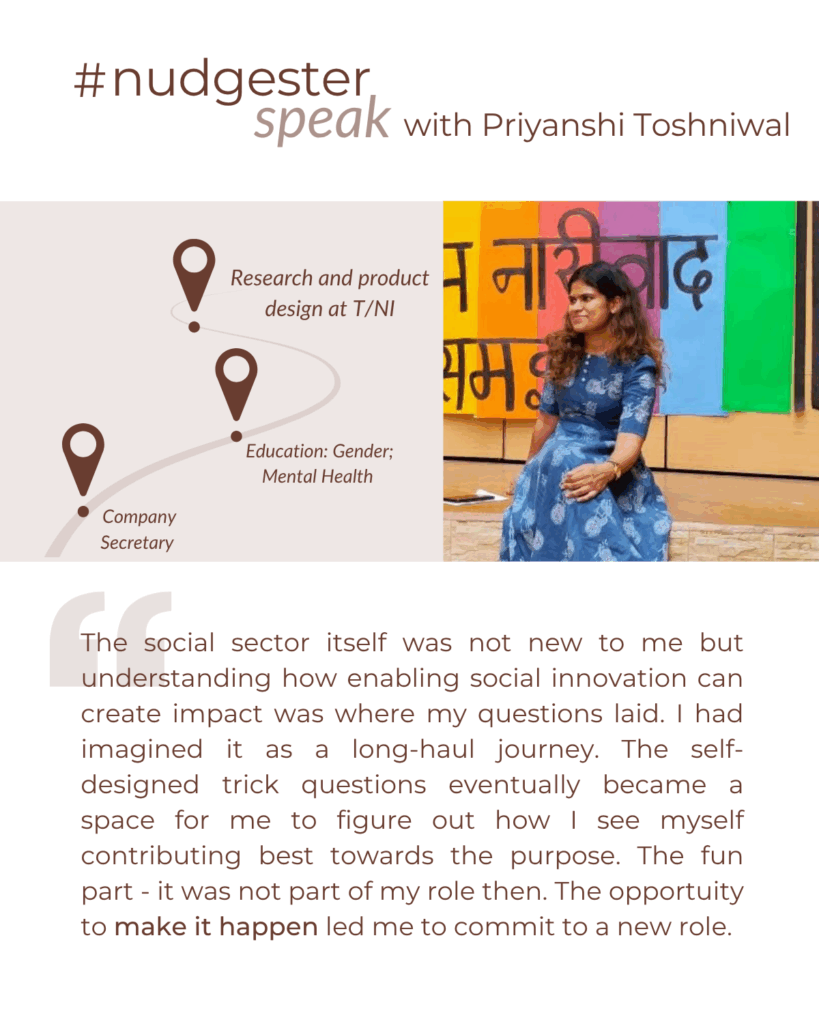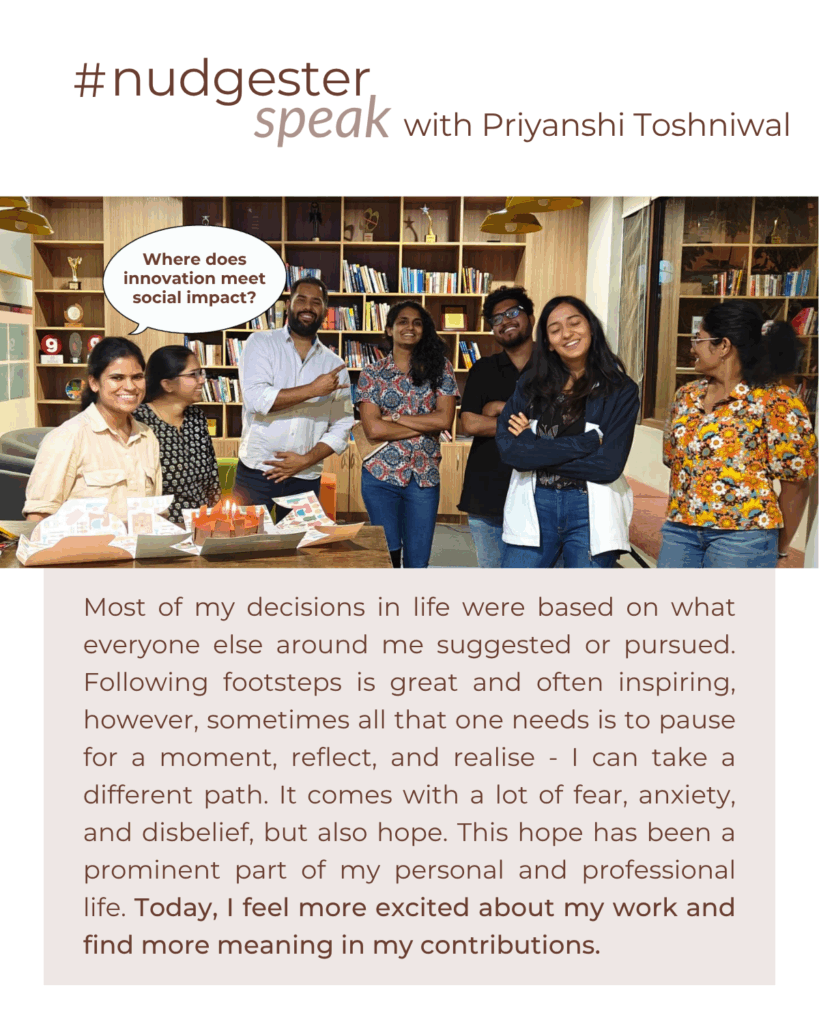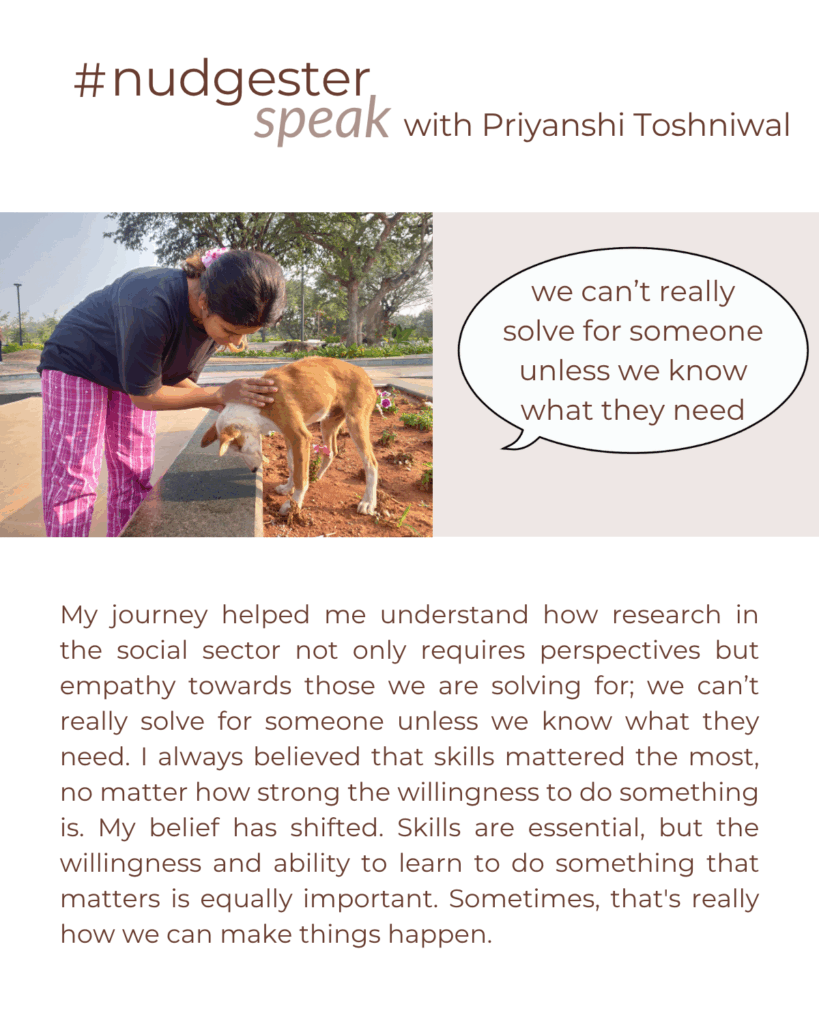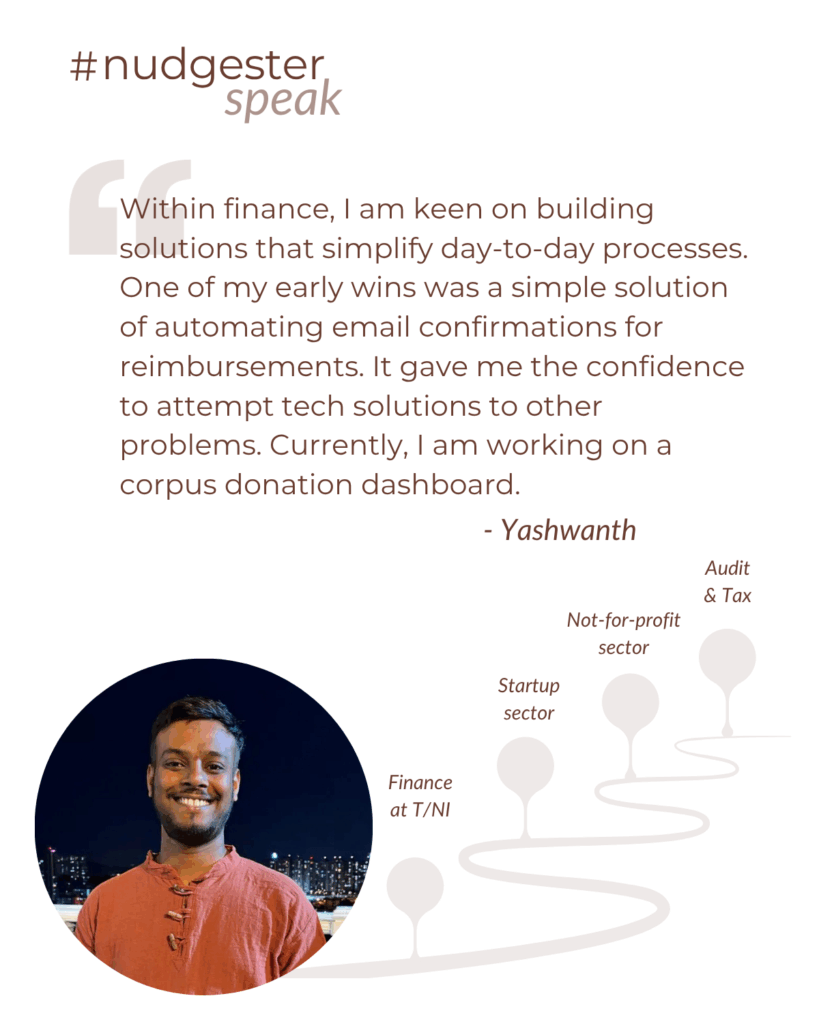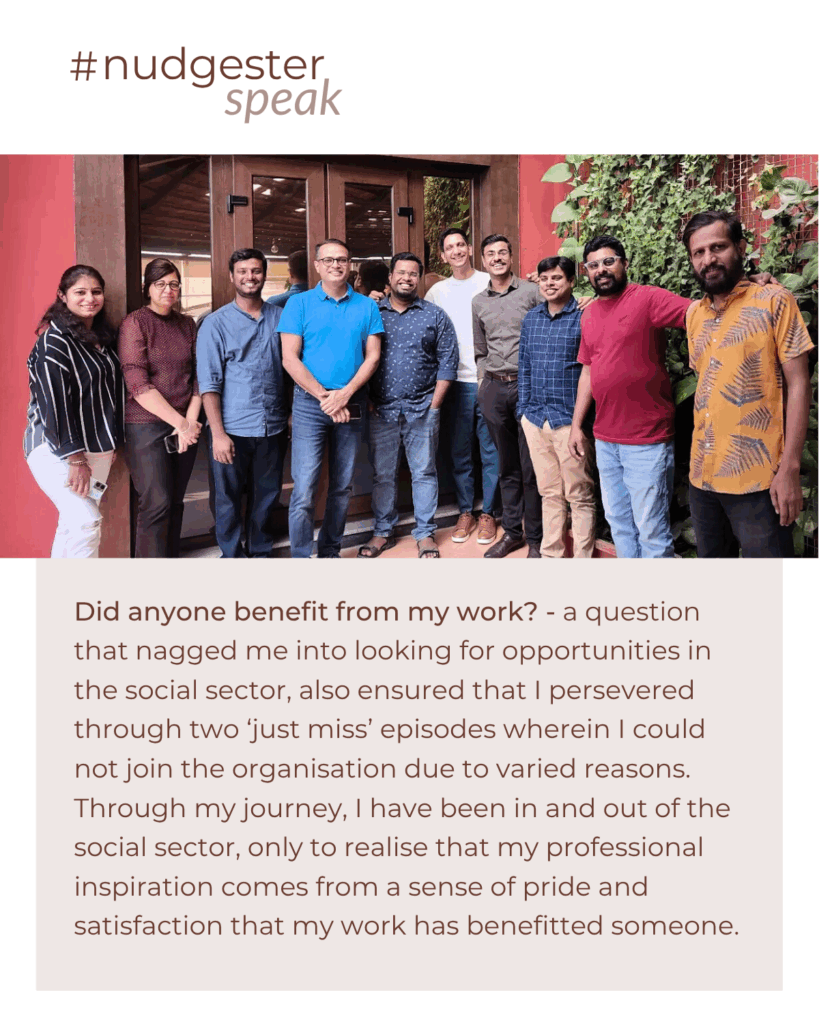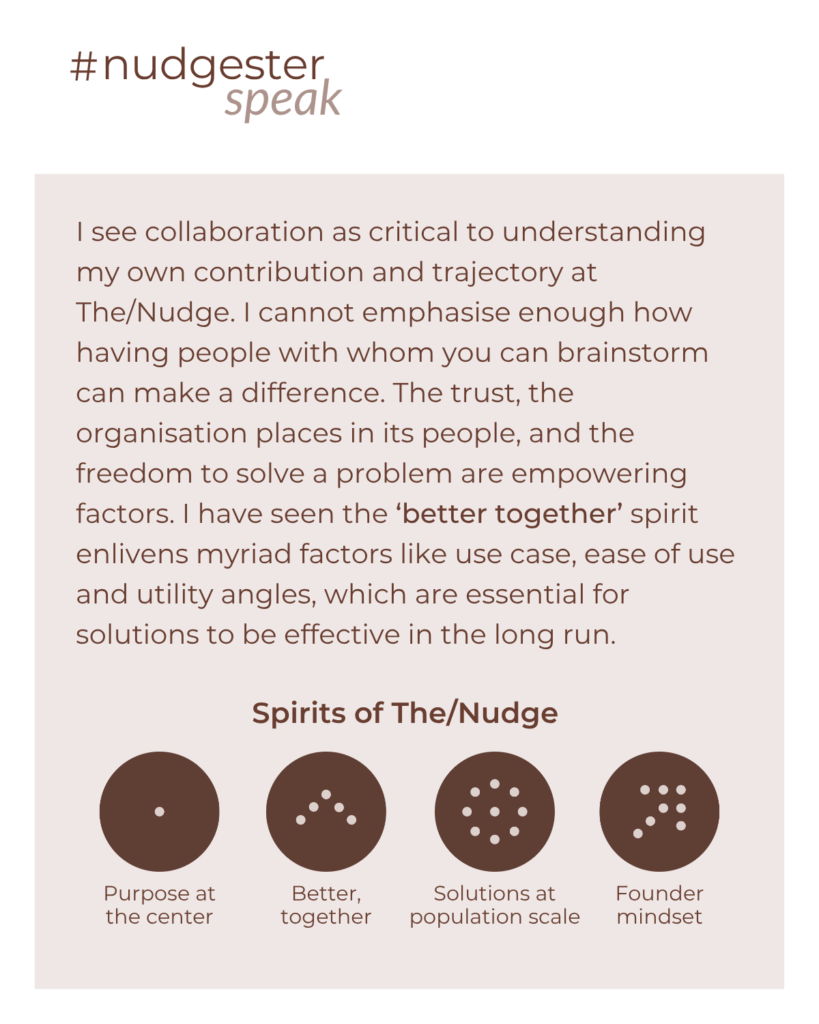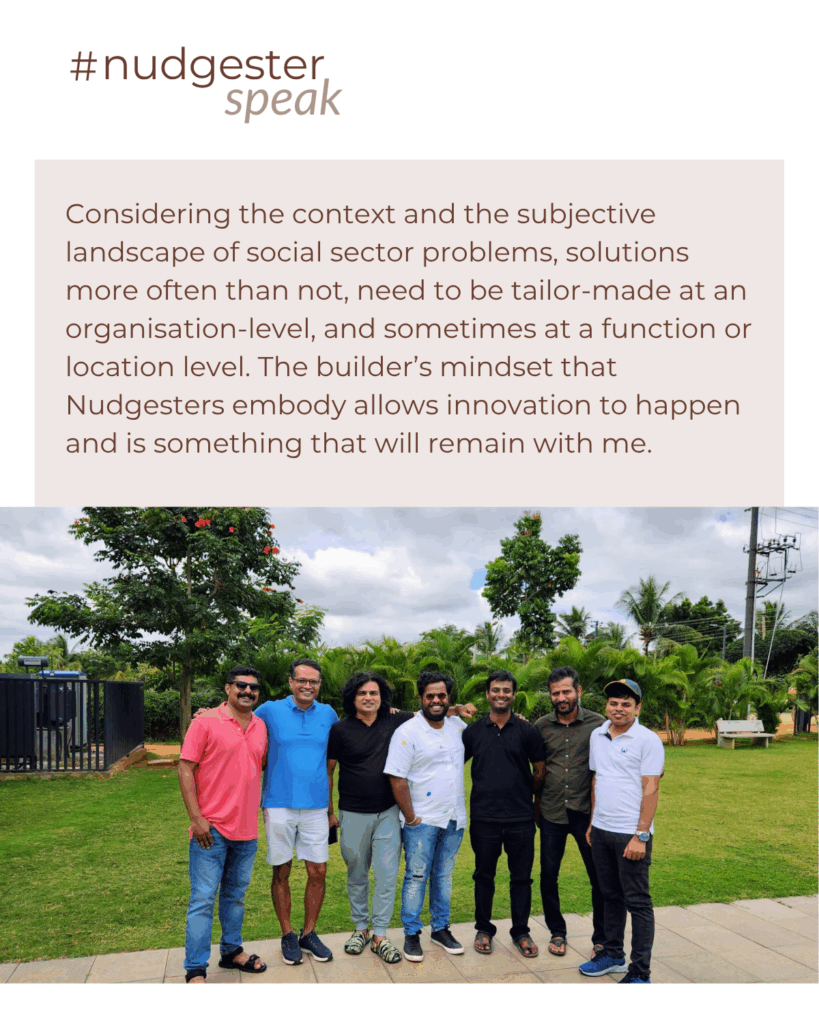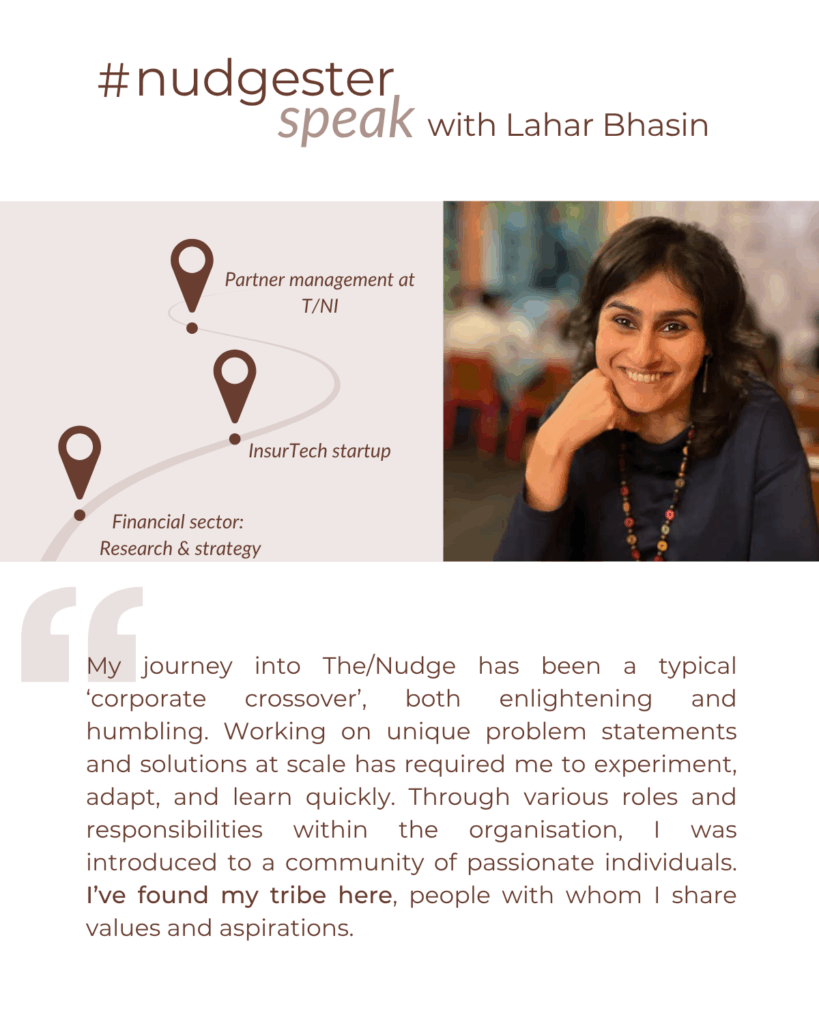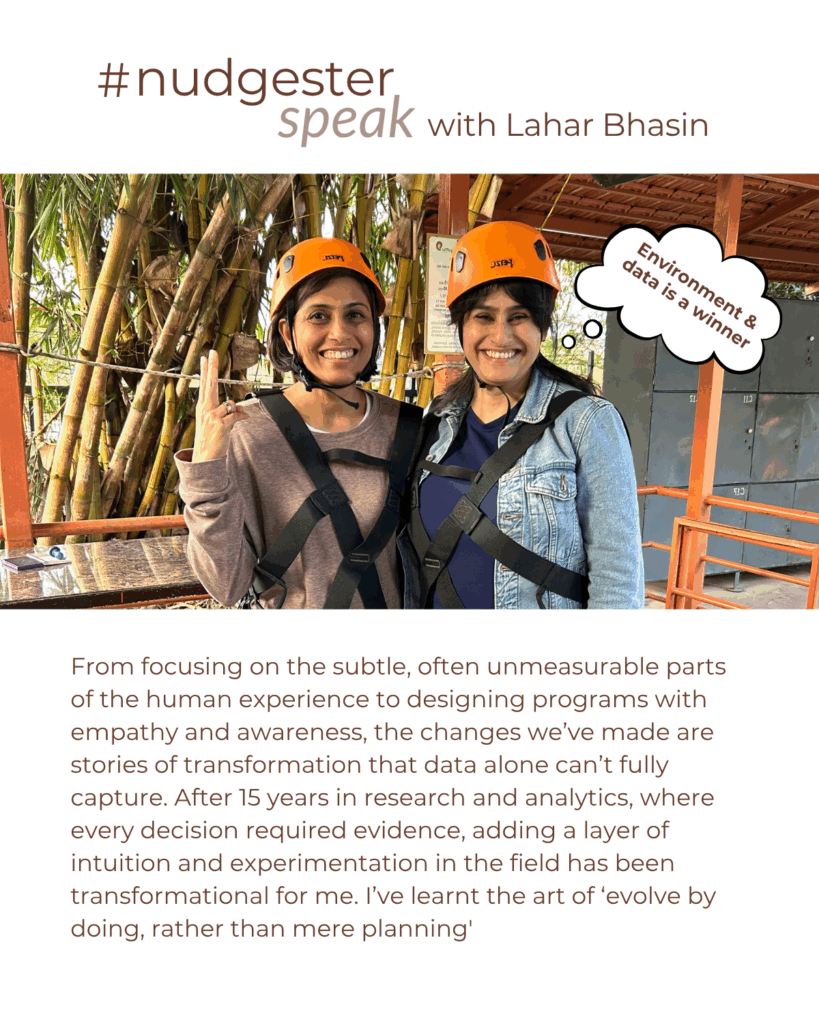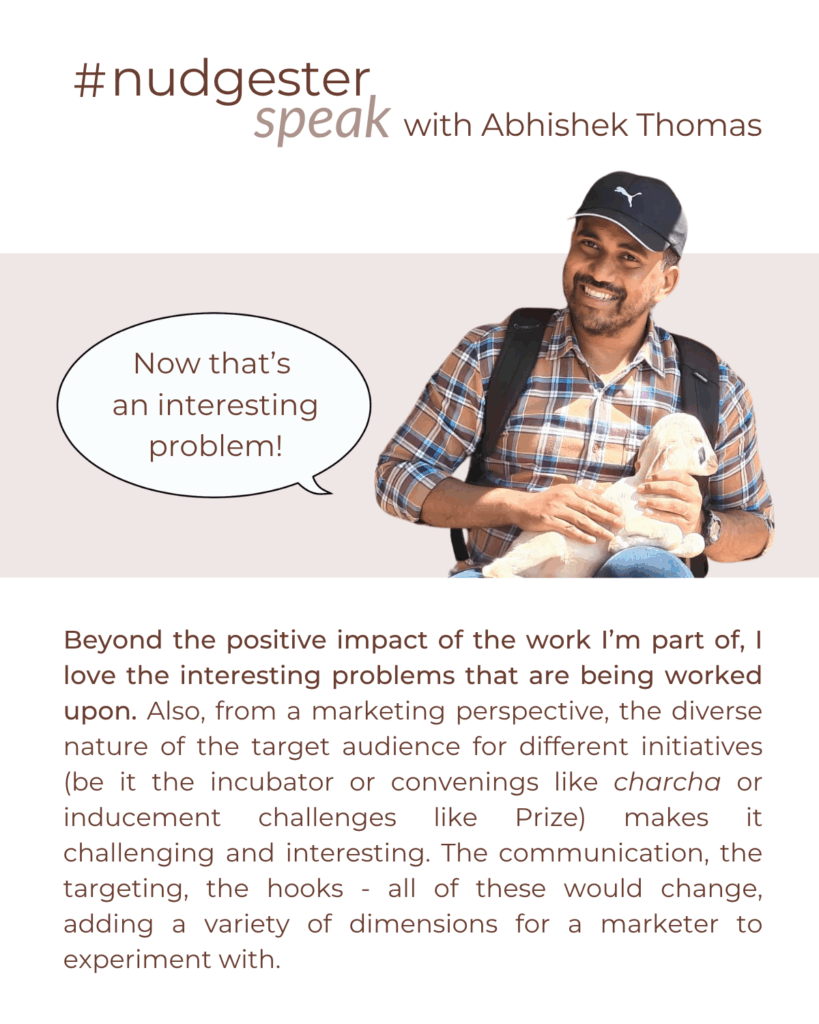What really drives change? Is it bold policies, visionary leadership, or the quiet persistence of those who refuse to accept the status quo? And can someone who has spent decades in boardrooms, corporate offices, or factories apply their expertise to solve problems that are not just economic but deeply human?
These were the questions that occupied my mind when I decided to take an unexpected leap, stepping away from the corporate world, where success was measured in profit margins and operational efficiency, to enter the vast, intricate ecosystem of governance. After nearly three decades of leading businesses, including as CEO of Tata Green Batteries and MD of Hella India Lighting Ltd., I had seen firsthand how systems could be optimised, how industries could scale, and how change, when well-executed, could be transformational. But the pull to create impact at a structural level—to not just refine systems but to rebuild them, led me to The/Nudge Indian Administrative Fellowship (IAF), where I started working as a Social Defence Fellow with the Ministry of Social Justice and Empowerment.
I expected the transition to be challenging, which it was.
The government operates at a different cadence. It is not driven just by quarterly results or shareholder expectations. Impact is measured not in numbers alone but in lives transformed, in people lifted out of cycles of hardship. The problems are more complex, and the solutions require collaboration on an entirely different scale. And while the challenges were vast- bureaucratic inertia, resource constraints, the sheer complexity of policy implementation—so were the possibilities.
SMILE-Beggary: A vision for a beggary-free India
One of my early projects was the SMILE (Support for Marginalised Individuals for Livelihood and Enterprise)-Beggary initiative under the Government of India’s Bhiksha Vritti Mukta Bharat, aimed at creating a beggar-free India. It’s easy to look away from a person on the street, to assume that begging is a personal failing rather than a symptom of a larger systemic breakdown. But each person identified- 17,000 across 31 cities in India and counting – had a story that stretched beyond the immediate moment of asking for alms. Many had been trapped in generational cycles of poverty, with no real alternatives.
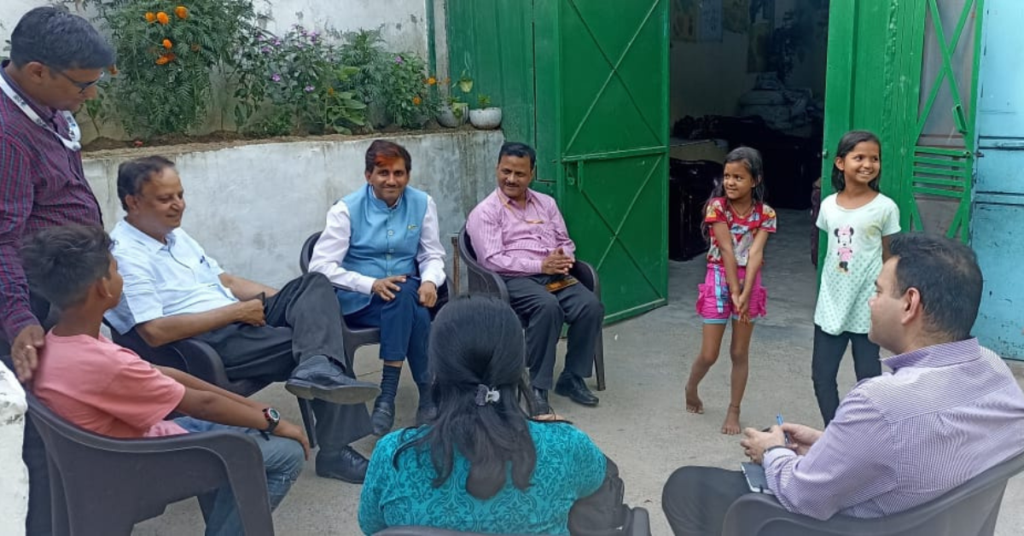
The challenge at hand wasn’t just to eliminate begging but to ensure rehabilitation, dignity, and a pathway to a new life. Identifying 17,000 individuals out of the 4,00,000 (as per 2011 census) for rehabilitation meant addressing deep-rooted vulnerabilities- social exclusion, lack of opportunities, and absence of safety nets. Policy alone wouldn’t be enough; trust, patience, and sustainable alternatives are critical. My role was to ensure transparency and accountability at every stage, which required constant dialogue with central and state governments, local administration, implementing agencies, and community stakeholders. Through structured data monitoring via the SMILE-B web portal, we could track progress, ensure best-practice exchanges, and establish credibility.
One city stood out: Indore. It emerged as a model, proving that targeted interventions, when executed with consistency and compassion, could lead to real change. What began with 31 cities in Phase 1 has now added 50 more to the list making it a total of 81 cities in the last one year. To date, 1,519 individuals have been rehabilitated, and 728 children have received dedicated support.
PM-SURAJ: Unlocking Financial Inclusion
While SMILE-Beggary focused on social rehabilitation, PM-SURAJ (Samajik Utthan Evam Rozgar Adharit Jankalyan) tackled financial empowerment. The goal: to extend concessional credit to marginalised communities and enable them to build sustainable livelihoods. The implementation challenges were significant: low awareness, bureaucratic delays, and limited access. Bridging these gaps required rethinking how government welfare schemes should be connected with people.
The PM-SURAJ portal was designed as a bridge, bringing together multiple economic inclusion schemes under one digital interface. The numbers tell a compelling story: in the first phase alone since March 13, 2024 INR. 720 crores were disbursed to 1 lakh beneficiaries. Over the span of the last one year, INR 1,701 crores have been allocated to over 207,000 beneficiaries. These aren’t just statistics. They represent livelihoods built, families stabilised, and futures rewritten.
Strengthening Nasha Mukta Bharat Abhiyaan
As per the study in Magnitude of Substance Use in India 2019, India’s substance abuse crisis is a silent emergency. Over 3.1 crore individuals use cannabis, 2.26 crore use opioids, and 1.2 crore children aged 10-17 engage in substance use. Schools, homes, and communities bear the brunt of this crisis and addressing it requires more than awareness campaigns—it demands structural change.
My focus was on standardising the State Action Plan (SAP) and Cost Norms to make the National Action Plan for Drug Demand Reduction (NAPDDR) more effective. We consulted government officials, NGOs, and state representatives to refine implementation strategies, ensuring that states had the tools and frameworks needed to drive meaningful interventions.
Key takeaways from my journey in the Indian Administrative Fellowship
- Change from within is powerful: Advocating from the outside has its limits. True transformation requires working within the system, understanding its constraints, and finding ways to drive efficiency while keeping the human impact at the center. The fellowship enabled a deep understanding of bureaucratic processes and complex social problems for me, allowing for the alignment of efficiency with social impact.
- Collaboration is the real game-changer: No single entity—corporate, government, or civil society—can drive large-scale impact alone. The biggest successes have come from breaking silos and building trust between different stakeholders.
- Impact takes time, but persistence pays off: Unlike the corporate world, where results are often immediate, systemic change requires patience. The key is to stay committed, embrace the complexity, and keep pushing forward.
Looking Ahead
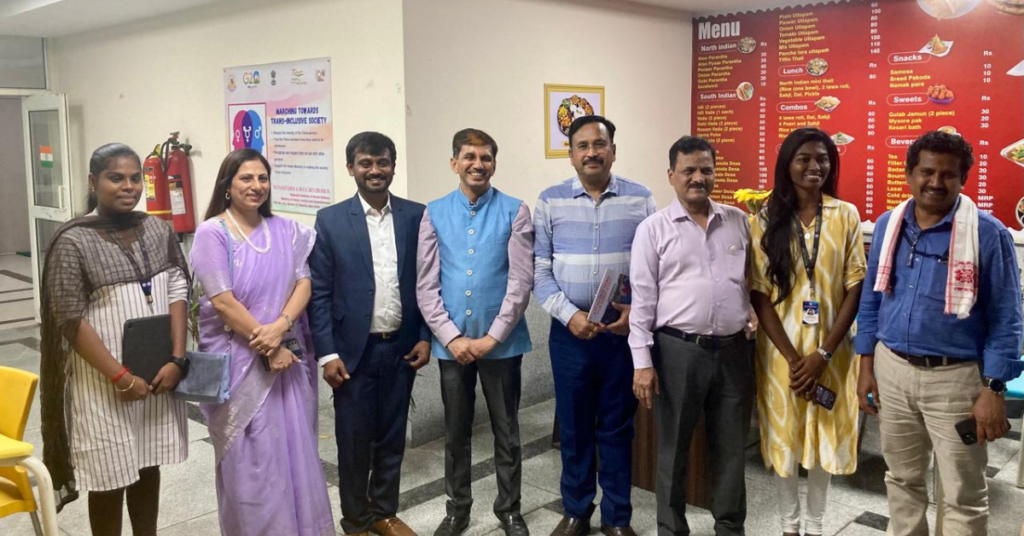
Real change is not just about grand policies or sweeping reforms; it is about the quiet, deliberate choices that shape systems. It is about ensuring the right mechanisms exist, that data informs decisions, and that governance is not just about compliance but about impact.
Beyond numbers, the real lesson is this: change is built in the spaces where persistence meets pragmatism, where vision meets collaboration. It happens when we refuse to accept that things must remain as they are. It happens when we ask- what if this could be different?




